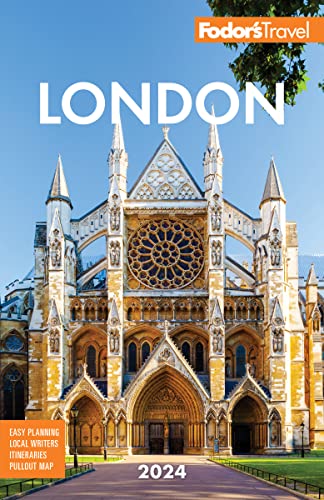Made famous by Dickens and infamous by Jack the Ripper, East London is one of London’s most enduringly evocative neighborhoods, rich in popular history, architectural gems, and artists’ studios. Since the early 1990s, hip gallerists, designers, and new-media entrepreneurs have colonized its handsome Georgian buildings and converted industrial lofts. Today, this collection of neighborhoods lays claim to being the city’s hippest area.
The British equivalent of parts of Brooklyn, East London is a patchwork of districts encompassing struggling artists, multicultural enclaves, and upscale professionals occasionally teetering, like its New York equivalent, on the edge of self-parody. The vast area ranges from gentrified districts like Spitalfields, where bankers and successful artists live in desirable renovated town houses, to parts of Hackney, where seemingly derelict, graffiti-covered industrial buildings are hives of exciting creative activity. It remains a little rough around the edges, so stick to busier streets at night.
At the start of the new millennium, Hoxton, an enclave of Shoreditch, became the glossy hub of London’s buzzing contemporary art scene, which accelerated the gentrification process. Some artists, such as Tracey Emin and Gilbert & George, long-term residents of Spitalfields’ handsome Georgian terraces—and successful enough to still afford the area—have remained.
One such residence, Dennis Severs' House, was transformed two decades ago by the eponymous American artist into a unique "living house museum" that evokes how past generations of a fictional Huguenot family might have lived there. Not far away, Spitalfields Market offers an ever-changing selection of crafts and funky clothes stalls under a glass roof in what was once a Victorian produce market. Across from the market, Christ Church, Spitalfields, Nicholas Hawkmoor’s masterpiece, soars above Fournier Street.
In the last decade, streets around the Old Street roundabout (as well as converted warehouses in Hackney and Dalston) have flourished with start-ups, with attendant stylish boutiques (especially on Redchurch Street), destination restaurants, and hipster bars as part of a government initiative to attract IT-oriented businesses to the neighborhood. Old and new Shoreditch meet on Brick Lane, the heart of the Bangladeshi community, lined with innumerable curry houses and glittering sari shops, plus vintage-clothing emporia. Here you’ll also find the Old Truman Brewery, an East London landmark converted into a warren of street fashion and pop-up galleries. On Sunday, the Columbia Road Flower Market to the north of Brick Lane becomes a colorful, fragrant oasis of greenery.
As property prices have climbed, up-and-coming artists have sought more affordable studio spaces in former industrial buildings eastward toward Whitechapel and Bethnal Green, where there are also some notable galleries. Here you’ll find the Whitechapel Gallery, a leading center for contemporary art, and—a design connoisseur's favorite—the Geffrye Museum, a collection of domestic interiors through the ages that occupies a row of early-18th-century almshouses (although the museum is closed for renovations until spring 2020).
Probably the best start to an East London tour is via the London Overground, getting off at Shoreditch High Street Station. Immediately northwest of the station, on the west side of Shoreditch High Street, is the heart of the neighborhood that aspires to be the U.K. equivalent to Silicon Valley. To the northeast is Shoreditch’s boutique, gallery, and restaurant zone. The subneighborhood of Hoxton is located just above Shoreditch, north of the Old Street roundabout. To the southeast of the station are the handsome Georgian streets of Spitalfields. Bethnal Green is due east, past busy Brick Lane. Whitechapel, formerly Jack the Ripper’s patch, is to the south of Spitalfields. All of these neighborhoods are within what is traditionally referred to as the "East End," although East London extends farther to the north and east.






